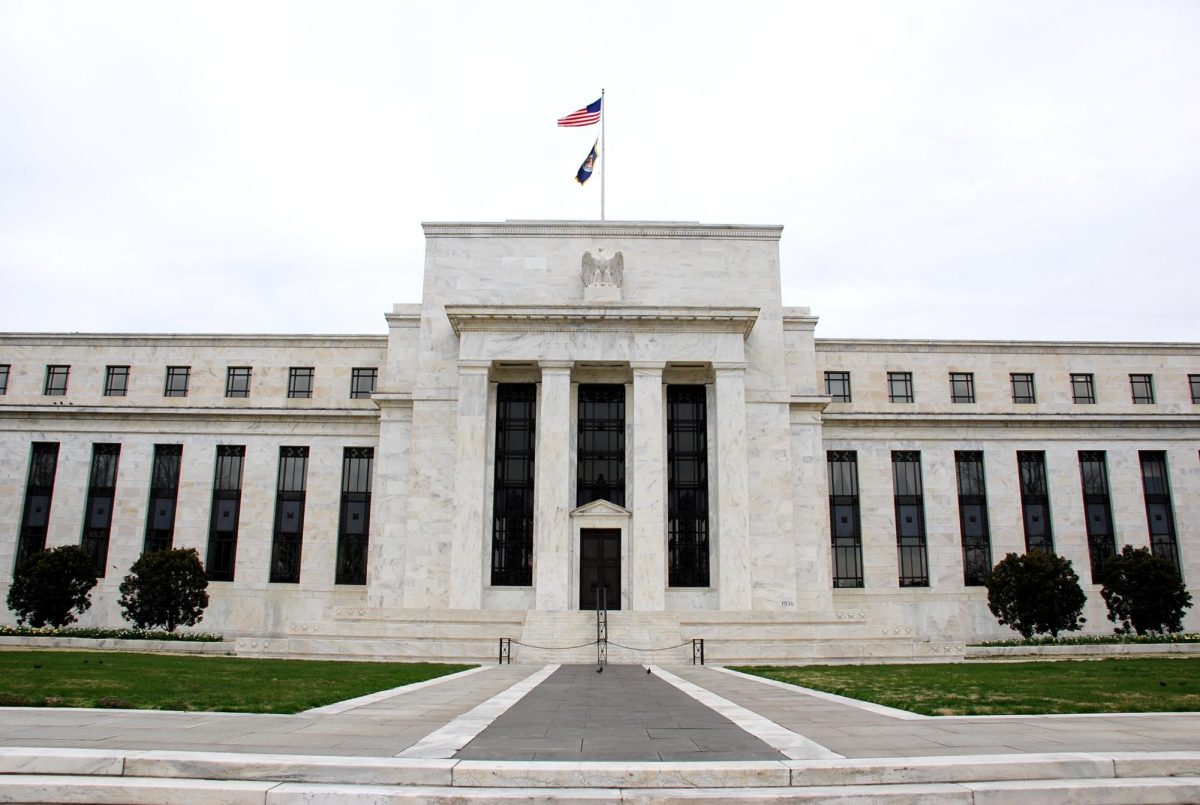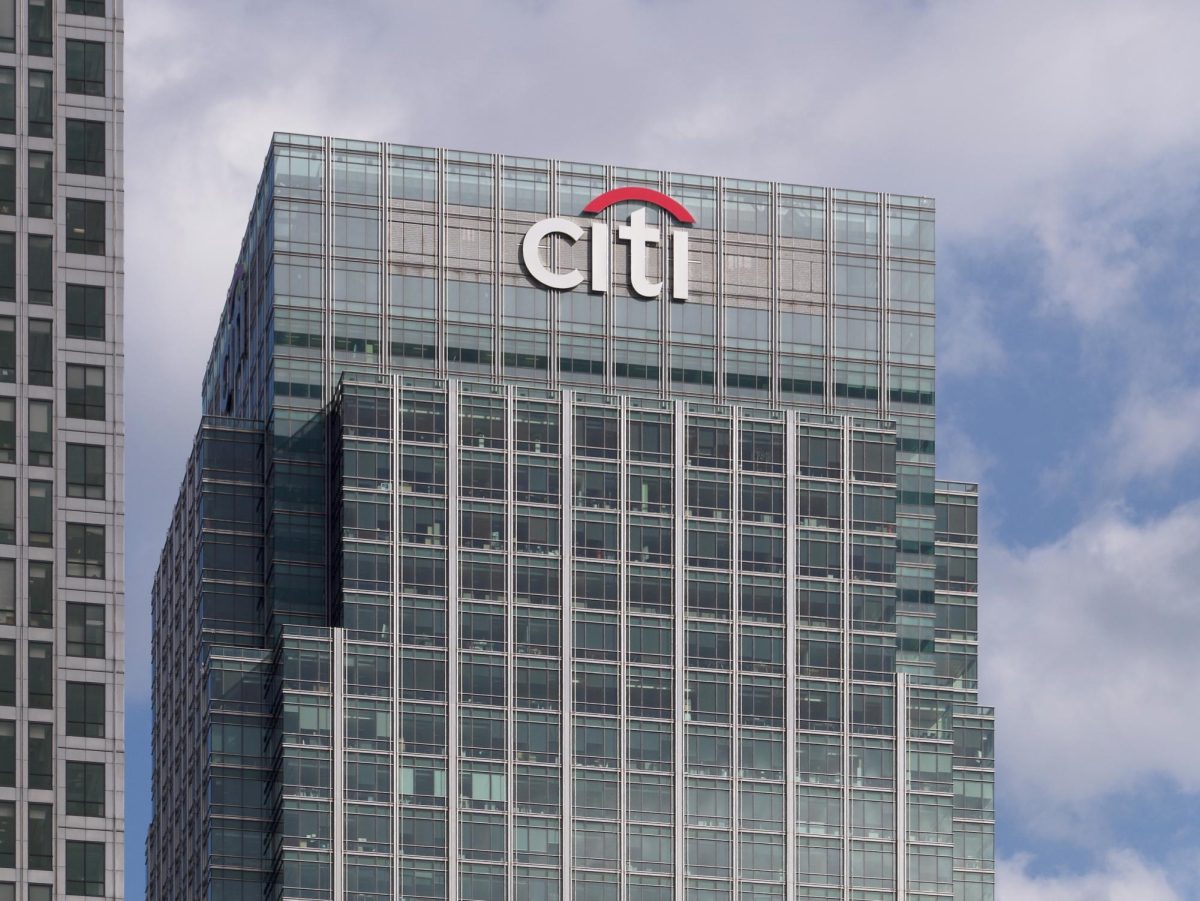Michael Barr, vice chair of supervision at the Federal Reserve, recently disclosed changes to a U.S. banking regulation proposal.
Previously, the proposal — known as Basel III Endgame — was introduced in July 2023 after the collapse of Silicon Valley Bank, Signature Bank and First Republic Bank. The proposal sought to enforce a 19% capital requirement and a $70 billion long-term debt requirement to big banks.
However, investors and banks were concerned about the proposal as it could burden banks with additional costs and reduce lending activities.
The new proposal cuts large banks’ capital requirements to 9%, makes banks with assets of $100 billion to $250 billion no longer subject to endgame proposals — except for requiring them to recognize unrealized gains and losses to their securities — and increases the capital requirements for large banks that are not globally systemically important from 3% to 4%.
Additionally, the proposal would decrease risk weights for tax credit equity financing exposures and mortgage lending. Risk weights are bank loans and assets weighted against their risk level, and they determine the minimum amount capital banks must hold to cover potential losses. Tax credit equity financing exposures are investments into assets or projects that generate tax credits.
“The process [collecting feedback from the public and banks] has led us to continue that broad and material changes are warranted,” Barr said in a speech at the Brookings Institution. “As I said, there are benefits and costs to increasing capital requirements. The changes we intend to make will bring these two important objectives into better balance, in light of feedback we have received.”
Despite the proposed changes, analysts and bank executives are uncertain regarding the capital requirements and whether the proposal could survive under a new presidential administration.
“The future of this proposal is very closely tied to the presidential election,” Ian Katz, managing director at Capital Alpha Partners, told Reuters. “A Basel agreement might be possible under Republican regulators, but it would look different and almost surely be easier on the banks.”
Barr emphasized during a sit-down discussion that the new proposal will undergo another 60-day comment period, but David Wessel — Hutchins Center Director at the Brookings Institution — noted that banks would “ask for more time” and asked if the Fed is rushing to finalize the plan before the election.
Barr responded that the Fed is not rushing and will “take the time to get it right.”
Furthermore, when asked by Hutchins what happens if Republicans take control of the White House, as Donald Trump is expected to advocate for less banking regulation compared to Vice President Kamala Harris, Barr replied that the Fed is an independent agency and that he and the Fed “are not paying attention to the election cycle.”
The Bank Policy Institute — a policy, research and advocacy organization representing some of the largest banks — expressed they remain concerned about the “process and analytical rigor behind the proposal.”
The organization stated the Fed should focus on a deep evaluation of the changes and the overlap between the stress test regime and the GSIB surcharge rather than slashing numbers.
The stress test regime is a test that assesses how well banks handle economic downturns or crises under hypothetical scenarios. The GSIB surcharge is an additional capital buffer that GSIB banks must maintain to minimize the risk of their failure in the global financial system.
“The original process lacked a cost-benefit analysis, full transparency and recognition of the interconnectedness of capital requirements: it remains to be seen if this reproposal is the result of a better process,” the BPI said in a statement. “It’s also essential that agencies take into account the extraordinary overlap with the stress test regime, the GSIB surcharge and other capital requirements — we need a holistic solution.”








